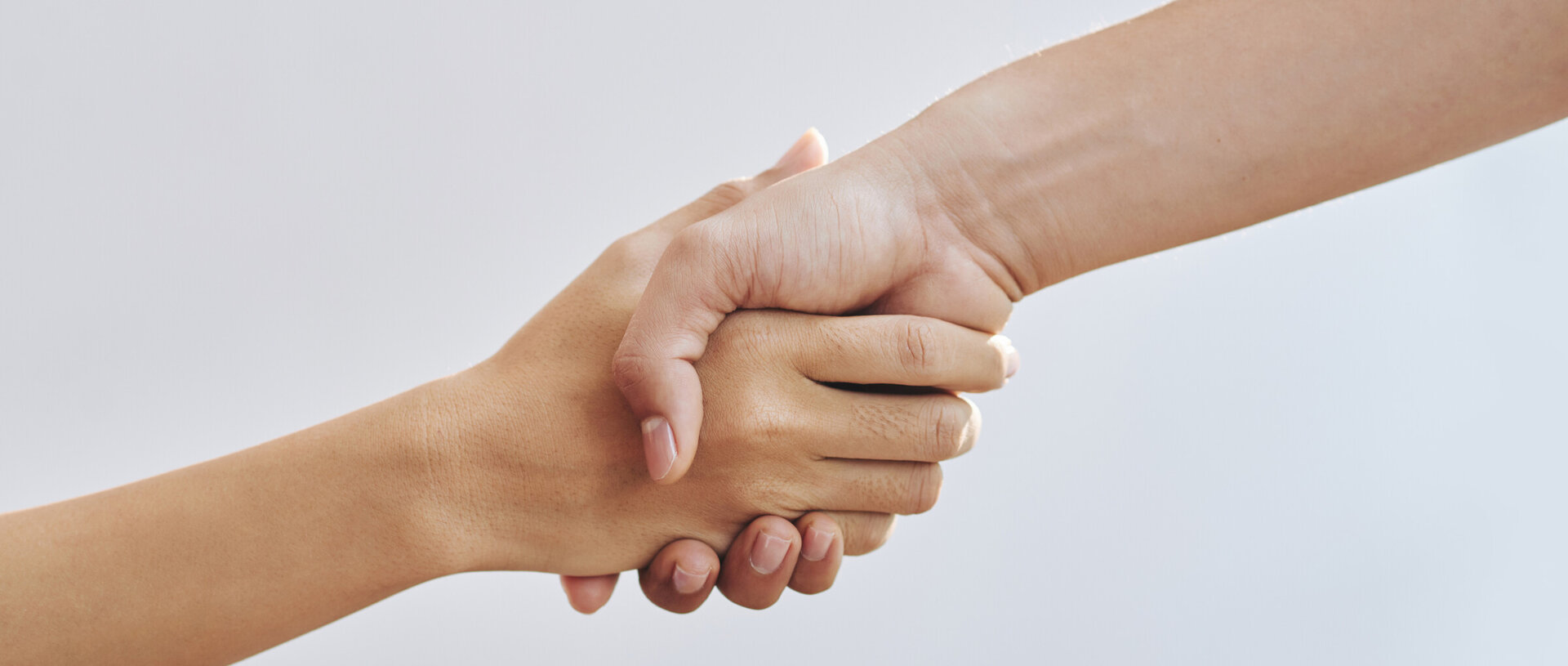What is Restorative Practice?
Restorative Practice is a broad term encompassing many restorative models.
Restorative Practice works to improve and mend relationships between people and communities, where it has been determined there has been harm caused.
The purpose is to build healthy communities, increase social capital and decrease crime and antisocial behaviour through the acknowledgement and repairing of harm.
Restorative Justice
Restorative Justices’ aim is to redress the harm experienced by victims of crime and to help them recover from the effects of the crime while holding the offenders to account.
In New Zealand, it is mandatory in the Criminal Court that, where there is an identified victim and the offender has pleaded guilty, the case is referred to a Restorative Justice Facilitator. We work with and support the the parties through the Restorative Justice process which could include a facilitated meeting between the parties.
Restorative Justice Effectiveness
Research shows that the Restorative Justice process helps people recover emotionally from the effects of being the victim of crime and reduces the frequency of reoffending
How it Works
The victim and offender are brought together voluntarily at a meeting called a Restorative Justice conference so that;
- The victim can let the offender know the impacts of the offending
- The unseen harm of the offending is acknowledged by everyone present
The offender lets the victim know who they are;
- What led up to the offending
- Why they did it and
- What they feel about it now.
The conference lasts about 90 minutes and the report goes back to the court where the judge must consider it.
After the Conference
Sometimes, after the Restorative Justice conference, an agreement will be drafted, which:
- Lists the actions or activities the offender has agreed to complete in order to take responsibility for his or her offending.
- May identify and seek to remedy the underlying causes for his or her offending.
Victims have the opportunity to let the court know what they want to have happen to the offender.
Attending the Restorative Justice conference there are usually;
- Two facilitators
- The offender and a support person/whanau
- The victim and their support person/whanau, occasionally specialists in certain areas
- Occasionally police officer/s
- Lawyers are not involved at any stage of the proceedings.
What our clients say.







